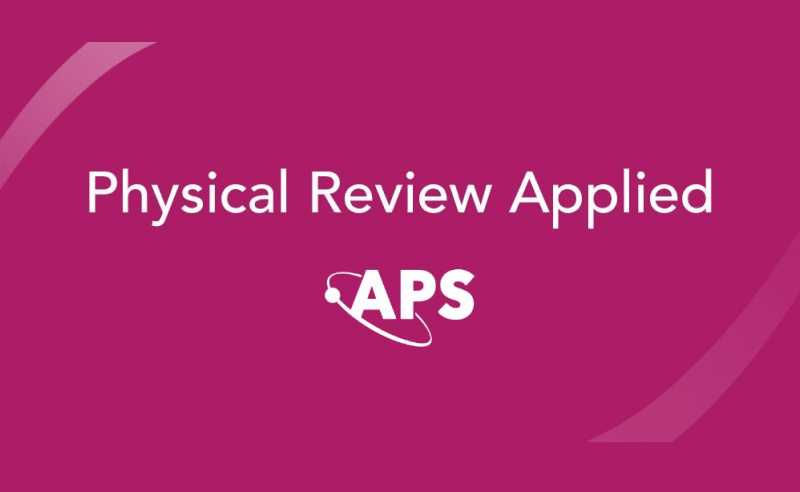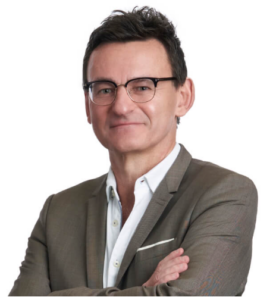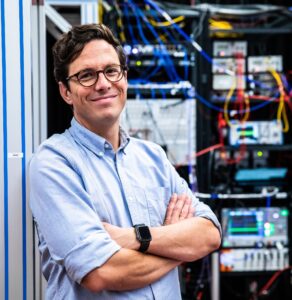

Related scientific articles
Transducers, such as electro-optical, optomechanical, and spin-photon types, enable interactions between different quantum systems. They are crucial for quantum technologies by enabling entanglement of disparate hybrid-quantum systems for computing, communication and sensing.
Unified Control
OPX controllers: OPX+ and OPX1000, provide cohesive and integrated control solutions for orchestrating all aspects of quantum operations across common qubit modalities, such as superconducting, spin, and atom-based devices, from a single platform. This simplifies complex quantum transduction processes. By reliably controlling different qubit modalities, from optical and microwave photons to phonons, within one controller, you can focus on what is most important – science.
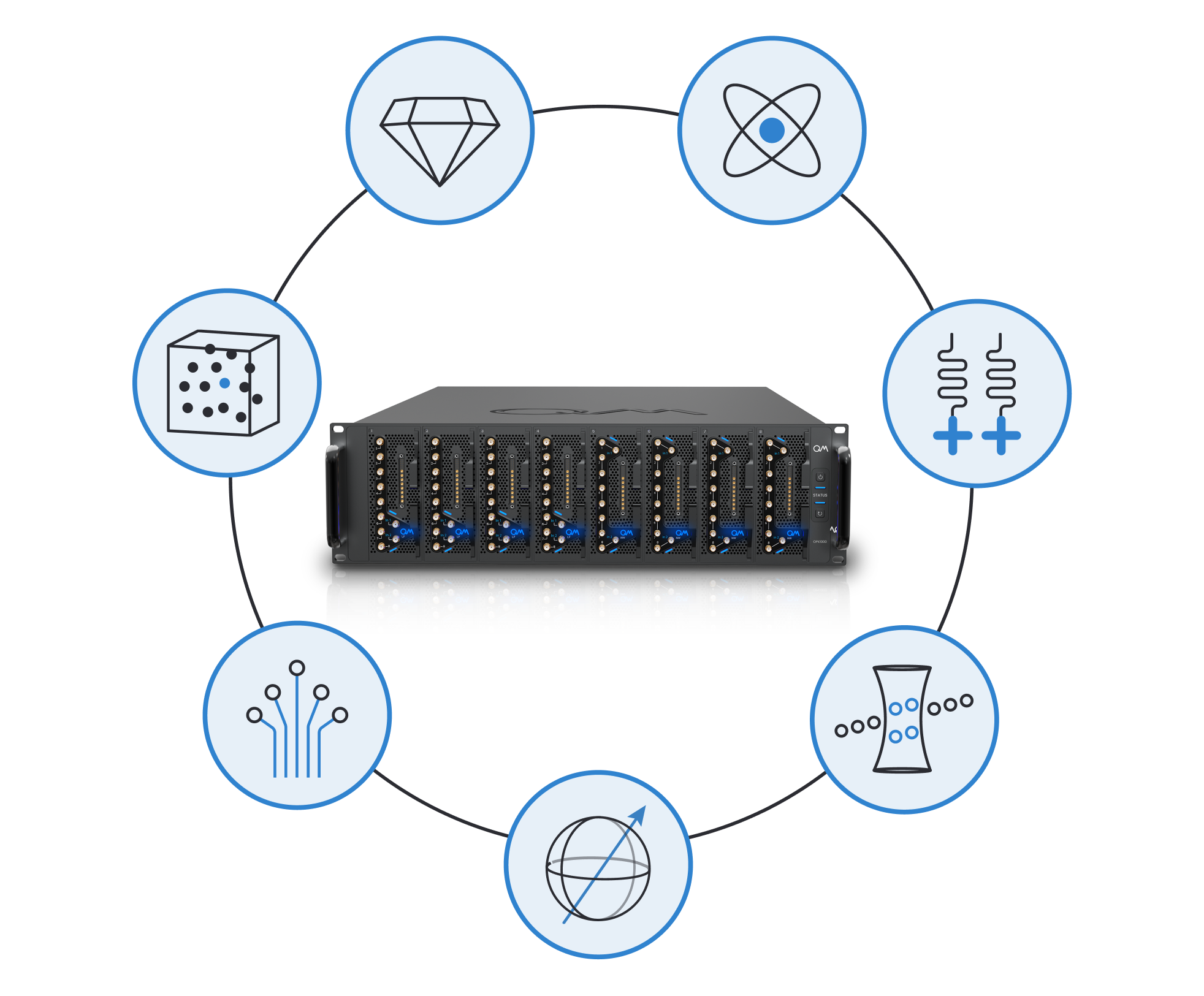
Classical Processing at the Core of Quantum Control
Powered by Quantum Machines’ Pulse Processing Unit (PPU) technology, OPX is designed for the most advanced (Turing complete) real-time processing, control flow, and ultra-fast feedback (active resets as fast as 120 ns). PPU can process data and execute control sequences on the fly, providing the necessary responsiveness to handle dynamic quantum environments and ensuring high fidelity in quantum information transfer. These capabilities are essential for quantum transduction, where maintaining the integrity of quantum states requires immediate adjustments and corrections. On the left, there is an illustrative macro to track cavity resonance, which is a crucial function for most transduction experiments.
Real-time feedback and stabilization of resonators
def track_resonance():
update_frequency(“SAW”, center_w + delta_w)
align()
measure(“drive”, “SAW”, None, demod.full(“cos”, I_positive), demod.full(“sin”, Q_positive))
update_frequency(“SAW”, center_w - delta_w)
wait(ringdown_time)
align()
measure(“drive”, “SAW”, None, demod.full(“cos”, I_negative), demod.full(“sin”, Q_negative))
wait(ringdown_time)
new_w = calculate_new_w(center_w, delta_w, I_positive, Q_postivie, I_negative, Q_negative)
update_frequency(“SAW”, new_w) Agile and Flexible Programming
OPX uses Python-embedded QUA – an intuitive and user-friendly programming language tailored for quantum control. QUA simplifies the development of quantum algorithms and transduction protocols. Its ease-of-use advanced control-flow (For and While loops, If/Else conditions, and Switch cases) can be implemented and cascaded as needed, allowing for quick iteration and optimization of quantum operations, reducing the time and effort needed to achieve high-performance quantum transduction.
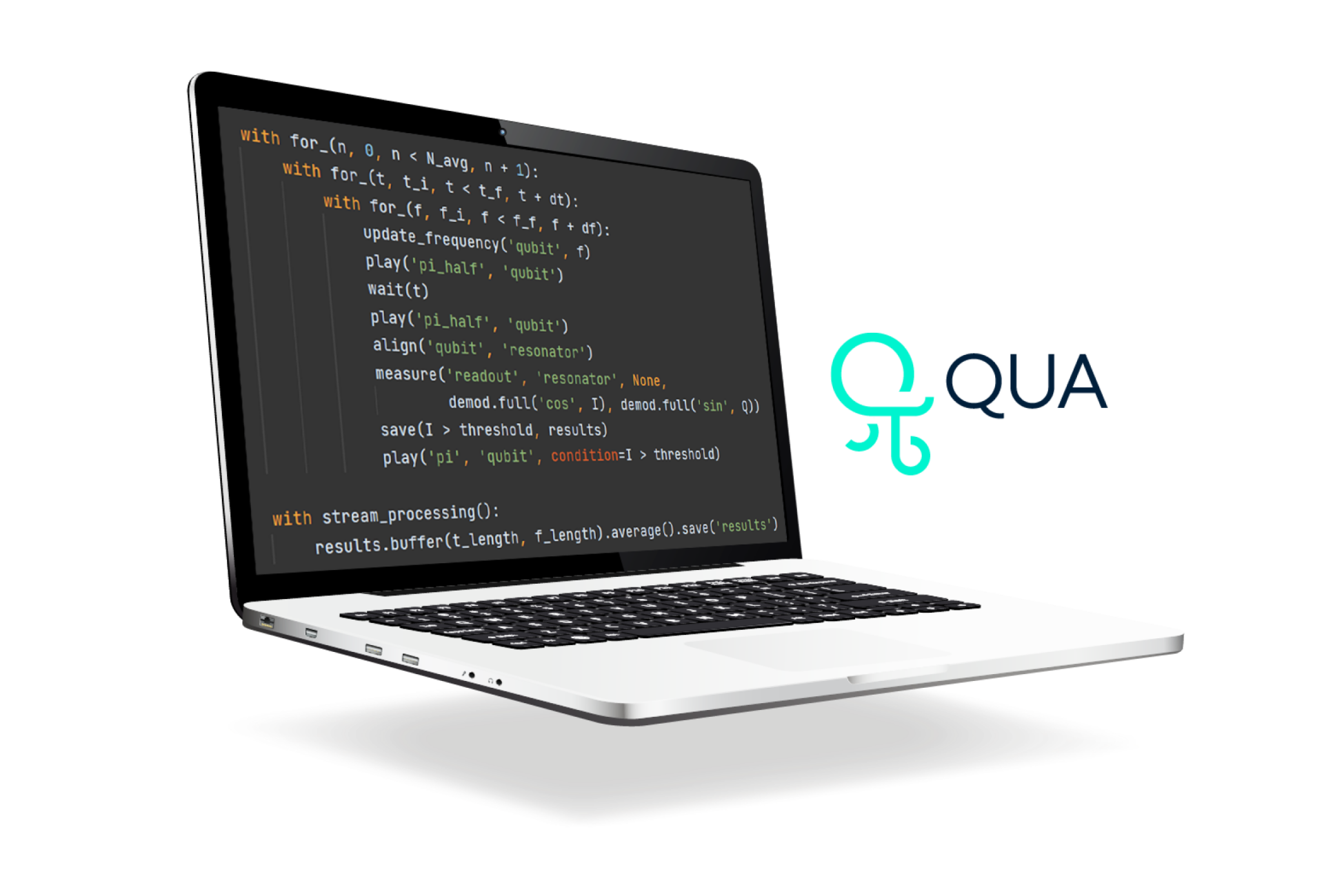
Herald with Comprehensive Control Flows
No more heavy post-processing! Many transduction sequences rely on stochastic processes heralded by an event, such as detecting the down-conversion of a single optical photon. Detecting the heralding event to gate a microwave channel eliminates background noise and increases transduction fidelity. Without a real-time processor, users must post-process the incoming data, which reduces operational bandwidth and requires the process to be repeated many times to achieve success by chance. With real-time processing, OPX can react to stochastic events immediately, operating the device only when an event heralds success, making it as straightforward as writing pseudo-code.
Heralding QUA Code Example
def transduce_upon_heralding():
with while_(not_heralded): #Repeat until success
play(“ON”, “optical_switch”) #Try out the device
#Check for downconversion
measure(“acquire”, “SPCM”,None,time_tagging.analog(times, acquisition_window, counts))
with if_(counts>threshold): #If successful break out of the loop
assign(not_heralded, False)
play(“fast_flux”, “coupler”) #Couple the generated microwave to a qubit
assign(not_heralded, False) #Reset the protocol
with infinite_loop():
i = declare(int)
state = declare(bool)
with if_(i == calibrate_n): #Every n-times calibrate the resonator
track_resonance()
assign(i, 0)
transduce_upon_heralding() #Run the transduction protocol
state = qubit_tomography() #Confirm the qubit state
play(“pi”, “qubit”, condition = state) #Actively reset the qubit to get it ready for the next iteration
assign(i, i+1) #Keep track of shots for embedded calibrationsWatch What Researchers Have to Say About QM
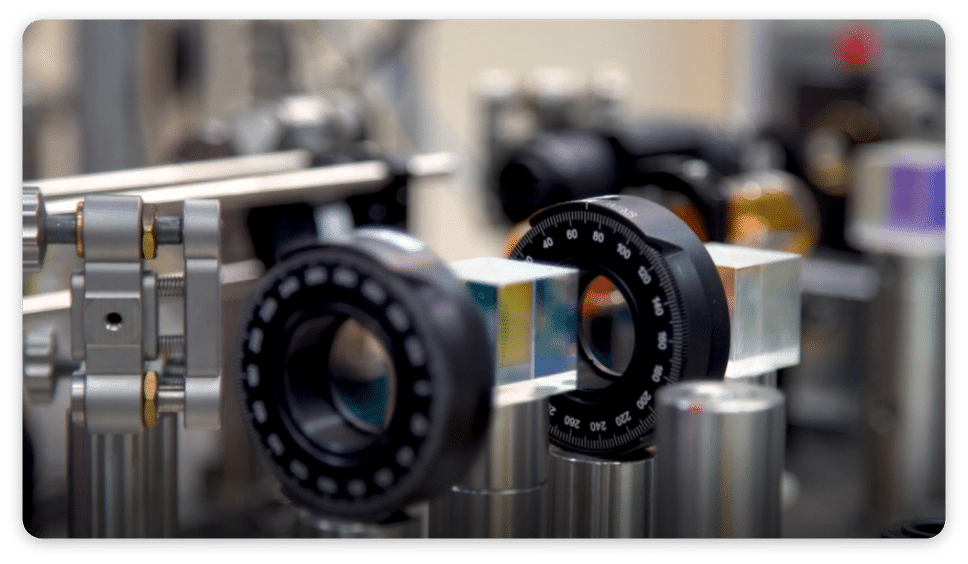
Achieve More in Your Research Faster Than Ever
All Qubit Modalities
Unified control solution for numerous qubit types, microwave and optically addressable.
Intuitive Programming
Experienced experimental physicists with a deep understanding of use cases will help you bring up your system, train your team, and solve challenges.
Best Analog Spec
Exceptionally low jitter, noise and phase noise, DDS microwave signals generation, up to 10.5 GHz, 2 GSa/s, 16-bit output and 12-bit input samples, and much more.
Make Quantum Breakthroughs
Run complex algorithms and transduction protocols that were previously impossible to run.
Why Leading Experts
Worldwide Choose
Quantum Machines
Mid-circuit calibration accelerates advanced teleportation research
“The Quantum Machines OPX control system has been an enabling technology for our research. It provides unparalleled flexibility and ease of use for experiments requiring real-time quantum feedforward control. With the integrated high-resolution time tagging, this platform is a no-brainer for advanced quantum networking experiments.”

Significantly streamlining the experimental process
”Diraq is delighted to partner with Quantum Machines, and credits their OPX control system, with its real-time capabilities, as instrumental in achieving the results outlined in our research. The ease of programming sequences in QUA significantly streamlined the experimental process.”
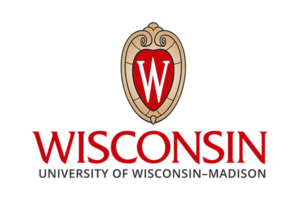
Outstanding support. Performing and easy-to-use product
“My group is completely satisfied with the multiple OPX systems we’ve purchased. Qubit bring-up is fast and easy, as is optimization of high-fidelity microwave and z-pulse gates. The technical support team at Quantum Machines is outstanding.”

Disentangling Losses in Tantalum Superconducting Circuits
“QM’s chip packaging solutions are exquisite pieces of engineering that have enhanced our resonator Q-factors to as much as 200 million. It is clearly a very highly engineered product that I’m sure will be widely adopted in the field.”

Using the OPX has been simplifying our work in many respects
"Using the OPX has been simplifying our work in many respects due to the intuitive implementation of sequences within QUA. In addition, the support by QM helped us debugging possible issues with swift responses and an easy and informal way of getting in touch over Discord.”

Most flexible and user-friendly system in our lab
"OPX played a crucial role in our advanced quantum experiments. This platform is the most flexible and user-friendly system in our lab. It saved us a significant amount of time, enabling us to concentrate on quantum science and make progress much faster compared to writing our own code. Furthermore, the Quantum Machines customer success team has been extremely helpful in addressing our needs and maximizing the solution's full potential."
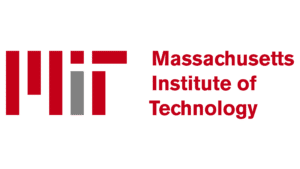
Everything in just three intuitive lines of code
"The QUA python interface is great, everything you want to do is just three intuitive lines of code. The OPX is one of the only things in the lab that is working exactly as it should."
Saved two years of development
“Developing a functional qubit control electronic system absorbs a PhD-student full time at least for two years. QM’S Quantum Orchestration Platform allowed us set up experiments for full qubit characterization in 2-3 days with an undergraduate summer school student.”
OPX and QDAC to streamline lab processes
“Efficiently controlling multiple frequency-tunable transmon qubits can be achieved with QM's OPX and QDevil's QDAC. QDAC's high-precision and low-noise bias voltage ensures accurate qubit frequency control without compromising coherence times, while QM's OPX offers advanced control solutions that are user-friendly and require minimal technical expertise. I highly recommend using OPX and QDAC together to streamline your lab processes and advance your quantum computing research.”
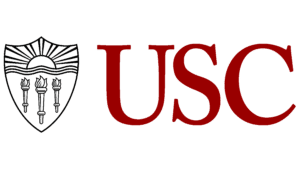
The QOP dramatically expedites research
“We are very pleased with the Quantum Orchestration Platform (QOP) control solution. It’s remarkably easy to use, reliable, and flexible, supporting our advanced quantum research needs. The QOP dramatically expedites our research. The Quantum Machines customer success team has been instrumental in addressing all our needs to help us to maximize the full potential of the solution. We already use two systems and strongly recommend it.”

By far the simplest way to do qubit physics
“I must say I'm very happy with QM's Quantum Orchestration Platform. It's the single most reliable piece of equipment I've got in the lab. I operate it remotely and never had any problems. I strongly recommend the OPX and the QOP to my colleagues. It is by far the simplest way to do qubit physics.”

Multi-qubit multiplexed control
“The OPX+ has allowed us to tune up complex multi-qubit measurements with multiplexed control and readout signals for studying quasiparticle poisoning and correlated errors in superconducting qubit arrays. The on-board processing has been quite useful for analyzing qubit data streams on the fly.”
Why Leading Experts
Worldwide Choose
Quantum Machines
Take the Next Step
Have a specific experiment in mind and wondering about the best quantum control and electronics setup?
Want to see what our quantum control and cryogenic electronics solutions can do for your qubits?


